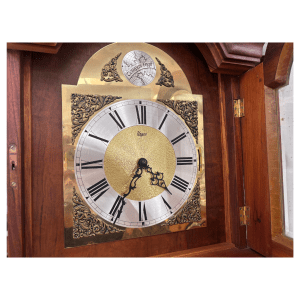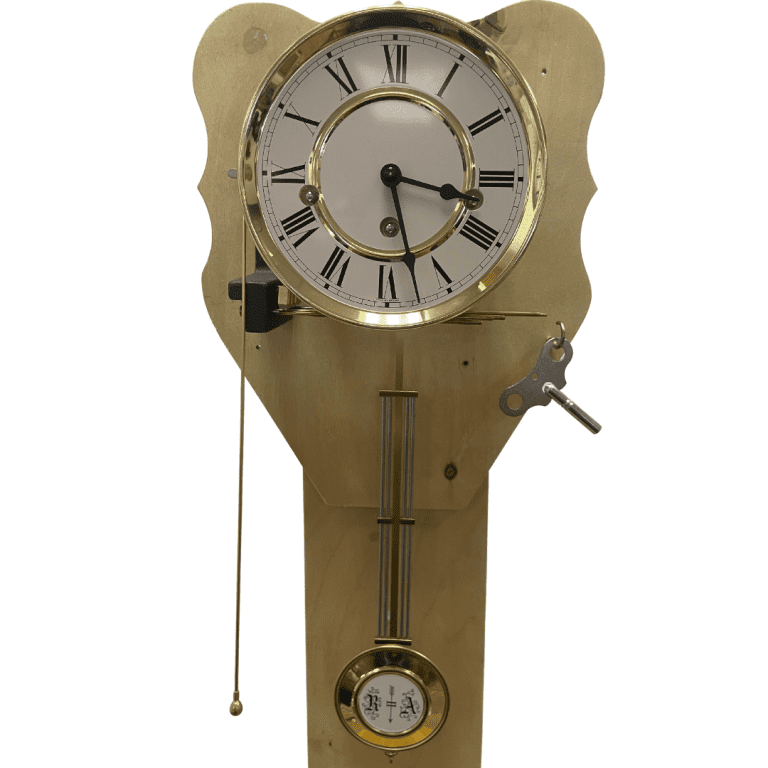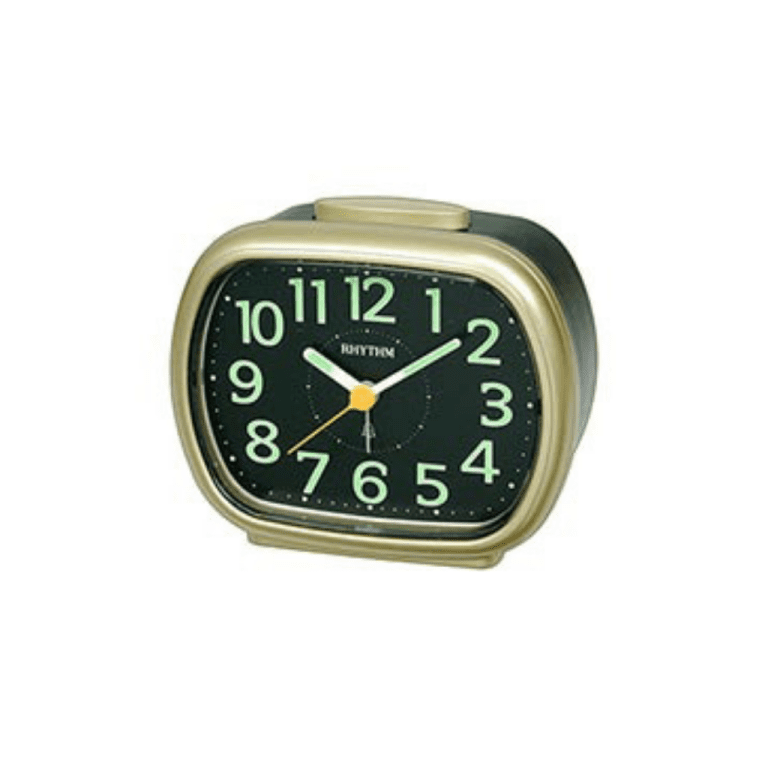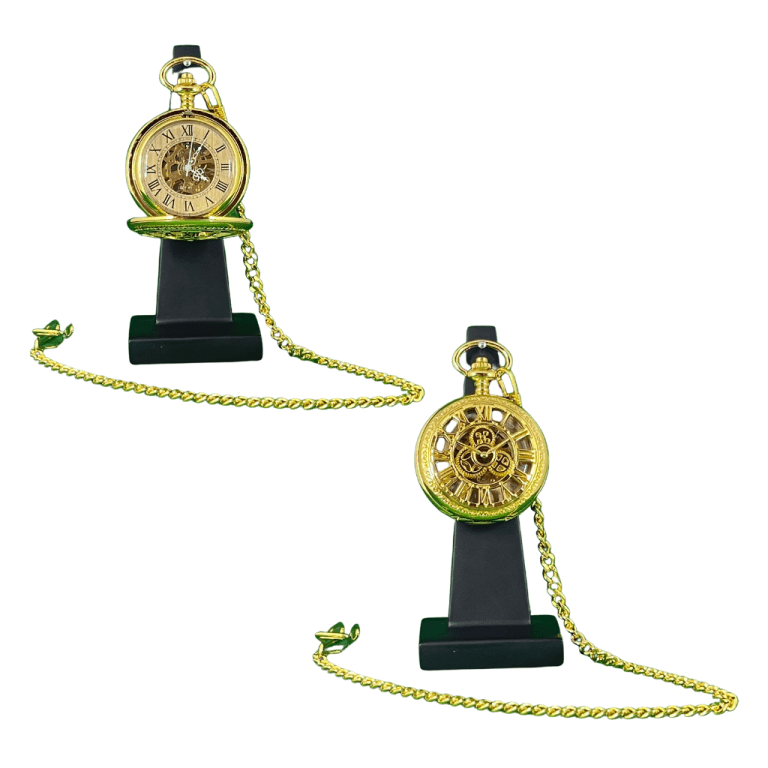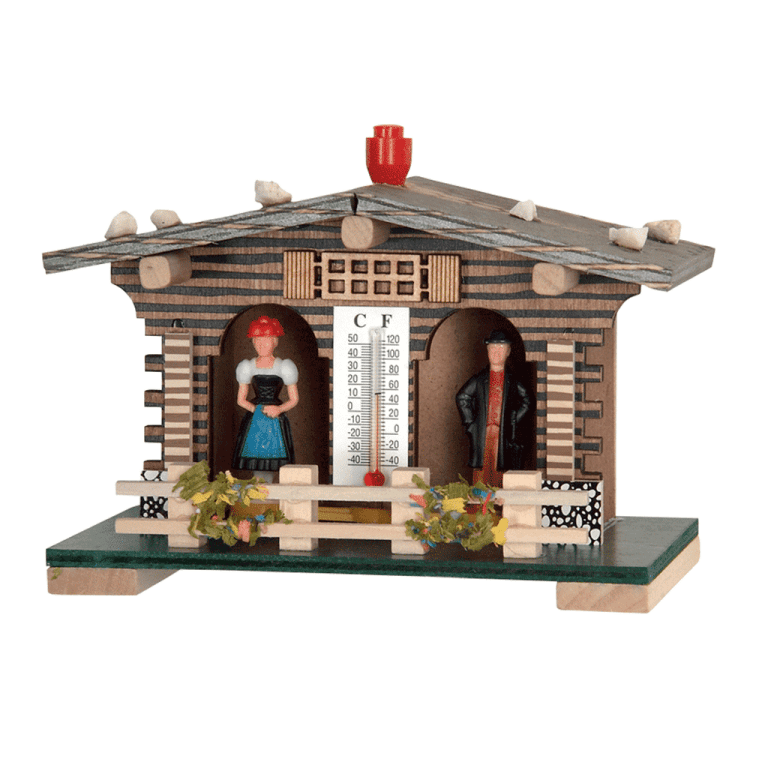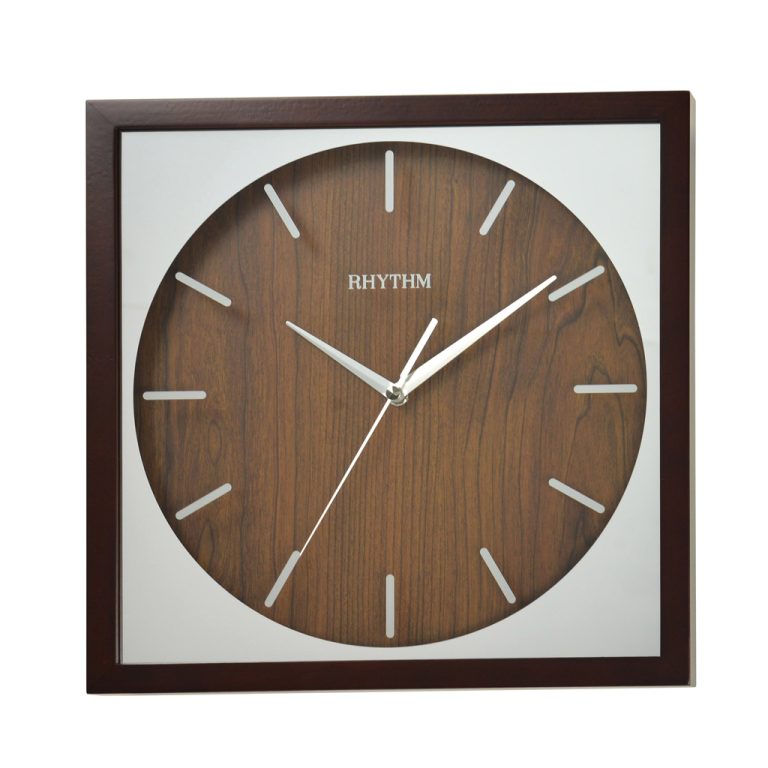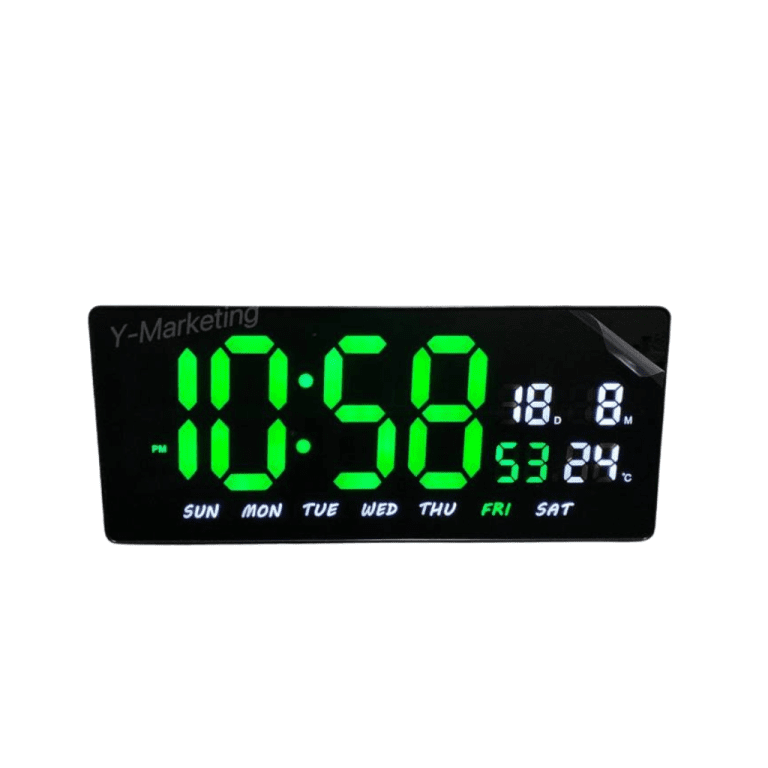Grandfather clocks have been a timeless symbol of elegance and traditionalism for centuries, revered for their classic design and musical chimes. Despite the advent of digital clocks and timekeeping devices, grandfather clocks remain a popular choice for those seeking a touch of history and style in their homes.
The captivating sound of grandfather clocks, produced by striking a series of rods or gongs, creates a melodic chime that fills the room. Grandfather clock chimes have a rich history dating back to the invention of the first grandfather clocks, and they continue to play a significant role in traditional cultures and homes today.
The History of Grandfather Clocks
The grandfather clock, also known as a longcase clock, originated in 17th century England. These tall, freestanding clocks were designed to stand in the hall or living room and were made with ornate wooden cases and delicate clock faces.
Over time, the design evolved to include various features such as moon phases and chimes.
The Mechanism of Grandfather Clock Chimes
The mechanism of a grandfather clock chime is comprised of a series of components that work together to produce the distinctive sound. At its core, there is a series of rods or gongs that are struck by hammers. The hammers are activated by a set of gears and escapements that regulate the timing of the chimes.
The chime is powered by the movement of the pendulum and weight-driven mechanism. As the pendulum swings back and forth, it drives the gears and escapements, which in turn activate the hammers and produce the chimes. The number and sequence of chimes vary between different models of grandfather clocks, with some featuring quarter-hour chimes and others striking the hour.
In addition to variations in the number of chimes, some grandfather clocks also feature unique chime patterns, such as Westminster. chimes or Whittington chimes. These patterns are carefully crafted to produce a distinct, recognizable melody that adds to the overall beauty and charm of the grandfather clock.
Despite its complexity, the mechanism remains an integral part of the grandfather clock’s timeless appeal, captivating audiences with its musical chimes and enchanting sounds.
Importance of Grandfather Clock Chimes
The chimes hold significant importance in traditional cultures and continue to play a role in modern homes. The chimes have come to represent the traditional elegance and bring a sense of nostalgia.
In traditional cultures, grandfather clocks have been used to mark the passage of time and to symbolize the importance of punctuality. At the same time, the melodic chimes have come to symbolize the passing of time and have been used to signal important moments throughout the day.
In addition to their cultural significance, grandfather clock chimes have a practical importance as well. The chimes serve as a reminder of the passage of time and can help keep individuals on schedule and organized. As a decorative piece, grandfather clocks have become a popular choice for home décor and interior design, serving as a beautiful and functional addition to any living space.
Grandfather clock and their chimes are more than just a timekeeping device. They hold a special place in traditional cultures, serve a practical purpose, and are an important piece of home décor. The melodic chimes of a grandfather clock continue to captivate and enchant, adding to the timeless appeal of this iconic device.
Maintenance and Repair of Grandfather Clock Chimes
The mechanism of a grandfather clock chime is a complex and intricate system that requires regular maintenance and cleaning to ensure it continues to operate smoothly.
Regular maintenance and cleaning are essential for the grandfather clock chimes continue to operate smoothly and produce a clear, melodic sound. This includes regular oiling of the gears and escapements, as well as cleaning the clock’s face and other components.
Over time, grandfather clock chimes may experience common problems such as broken hammers, loose gongs, and worn out gears. These problems can cause the chimes to produce an inconsistent sound or cease functioning altogether. In such cases, it is important to seek the help of a professional clockmaker to repair the clock and restore its chimes.
In addition to fixing specific problems, regular professional maintenance can help extend the life of a grandfather clock and prevent more serious issues from developing. During maintenance, a clockmaker will inspect the clock’s mechanism, clean and oil the gears, and make any necessary repairs to ensure the clock continues to function properly.
What are the different clock chimes?
Grandfather clocks have been designed to produce a variety of chimes over the centuries. The chime sounds and melodies vary depending on a model number of a clock. But here are some of the most popular and recognizable chimes include:
- Westminster Chimes: A classic chime pattern that is named after the famous Westminster Abbey in London. It is a four-note melody. Westminster melody can sound every quarter-hour, half hour, three-quarter and the on hour.
- Whittington Chimes: A three-note chime pattern that sounds every quarter-hour. It is a less well-known chime tone but is still enjoyed by many clock owners. Similarly to Westminster chimes, it can sound every quarter-hour, half hour, three-quarter and on the hour.
- St. Michael’s Chimes: A four-note chime tone that sounds every quarter-hour. It is named after the famous St. Michael’s Church in Chester, England. You can hear St. Michael’s Chimes every quarter-hour, half hour, three-quarter and on the hour.
- Bim-Bam Chimes: A two-note chime that sounds on the hour. It is a simple and straightforward chime pattern that is well suited to those who prefer a more traditional and unassuming sound.
- Ave Maria Chimes: A six-note chime pattern that is inspired by the famous Ave Maria melody. It is a more elaborate chime pattern that is favored by those who appreciate a more intricate sound. You can hear Ave Maria Chimes every quarter-hour, half hour, three-quarter and on the hour.
These chime patterns can vary in length and complexity, ranging from simple two-note patterns to more elaborate six-note melodies.
Regardless of the pattern, grandfather clock chimes serve as a reminder of the beauty and elegance of traditional timekeeping, offering a touch of history and sophistication to any living space.
What are the Most Common 3 chimes on a grandfather clock?
It is common for grandfather clocks to have triple chimes. The three most common and famous chimes on a grandfather clock are Westminster, Whittington, and St. Michael’s.
Westminster Chimes is also known as the Cambridge Quarters, from its place of origin, the church of St. Mary the Great in Cambridge, England. The Westminster Chime melody comes from George Fredrick Handel’s aria, “I Know That My Redeemer Liveth” but people commonly associate the Westminster Chimes with Big Ben at the House of Parliament in London.
Whittington Chimes used to be referred to as “chimes on eight bells” before the name Whittington became common. Currently, it is also called St. Mary’s Chimes that come in four different variations. The tune originated with the bell tower of the church of St. Mary le Bow in London, England.
St. Michael’s Chimes have a significance for the United States as a part of the heritage. The bells, cast in London, were installed in the St. Michael Church steeple in Charleston, South Carolina in 1764. The British took the bells back to England during the Revolutionary War. When the war was over, a Charleston merchant bought them in order to bring them back to America. In 1823, the bells were sent back to London to be recast when cracks were discovered in them.
These three chime melodies offer a range of sounds and styles, from the simple and straightforward Westminster chime to the more intricate St. Michael’s chime. The triple chime clocks are a good option for those who like to change things once in a while.
But how about the grandfather clocks or floor clocks that have only one chime melody. What is the most popular chime?
Why Is Westminster Chime the Most Popular?
Westminster chime is considered the most popular chime pattern for grandfather clocks because of its widespread recognition and association with traditional timekeeping. The popularity can be attributed to its classic and timeless sound.
The Westminster chime has become a cultural icon and is widely used in a variety of settings, from grand public buildings to small homes. It is recognized by people around the world and is widely considered to be the quintessential sound of a grandfather clock.
The popularity may also be due to its versatility and suitability for a variety of settings. The Westminster chime is a classic sound that adds a touch of sophistication and tradition to any living space, making it a popular choice for clock enthusiasts and collectors.
Do All Grandfather Clocks Chime?
Not all grandfather clocks chime. Some grandfather clocks are designed to be silent, and these clocks do not feature any chime mechanism. Silent grandfather clocks are often chosen by individuals who prefer a more minimalist design, or who live in a setting where a chiming clock may not be suitable.
Additionally, some grandfather clocks feature a chime shut-off option, which allows the clock owner to turn off the chime mechanism at any time. This can be especially useful for individuals who want the option to enjoy the look and design of a grandfather clock, but who may prefer to turn off the chime mechanism at night or during other times when they may be disturbed by the chime sound.
For those who do prefer a chime mechanism, grandfather clocks are available with a wide range of chime patterns, including Westminster, Whittington, St. Michael’s, Bim-Bam, and Ave Maria. These chime patterns vary in length and complexity, ranging from simple two-note patterns to more elaborate six-note melodies.
Whether a grandfather clock chimes or not is a personal choice and will depend on the individual preferences and requirements of the clock owner. Grandfather clocks that do feature a chime mechanism offer a timeless and elegant addition to any living space, and can provide a touch of history and sophistication to any home.
Credited to: https://www.premierclocks.com/



